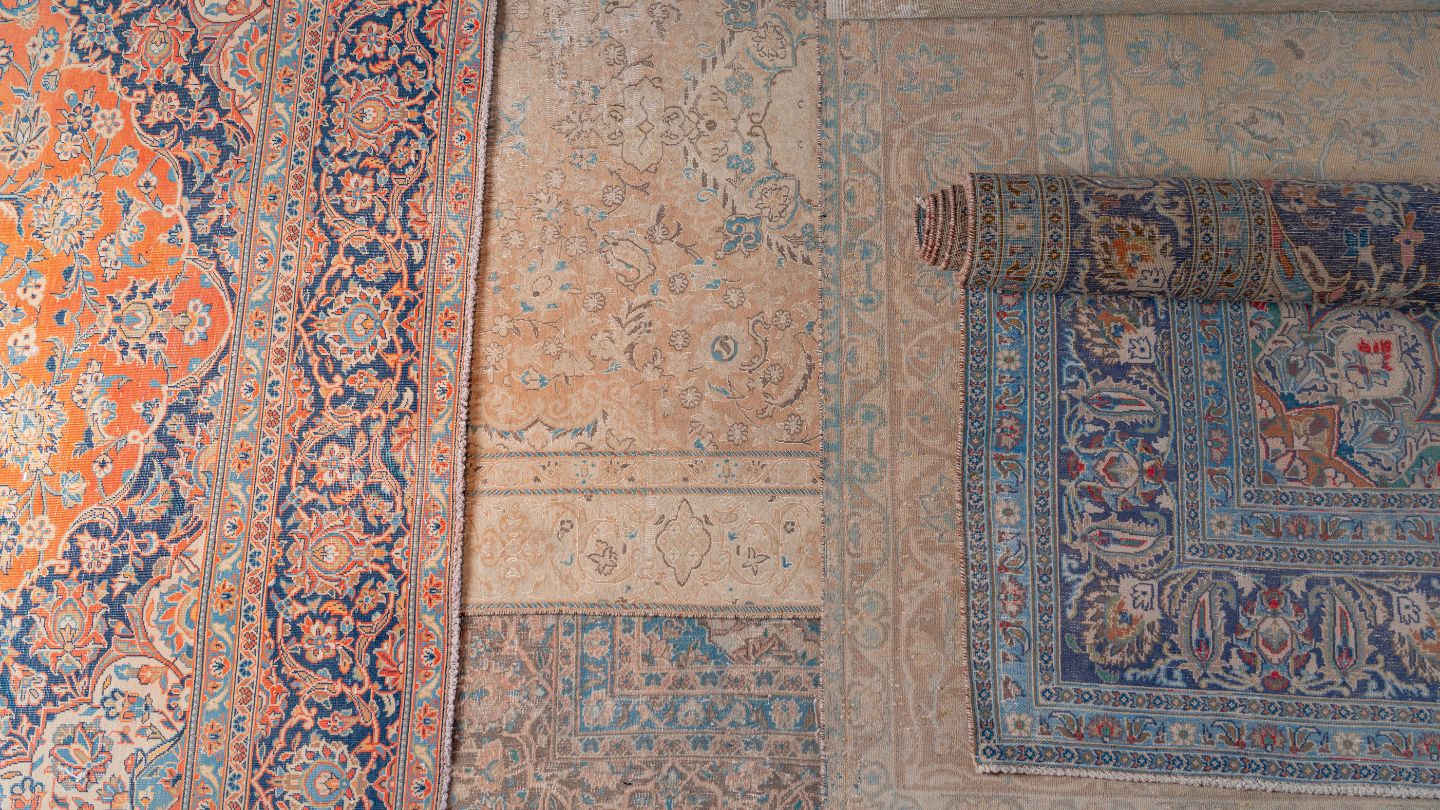What is the history of traditional rugs?
Traditional rugs have a rich history dating back centuries, with origins in various cultures worldwide. They are often handcrafted using traditional techniques and feature intricate designs and symbolism.
How do I choose the right traditional rug for my space?
Consider factors such as room size, color palette, pattern, and material when selecting a traditional rug that complements your decor and meets your needs.
Are traditional rugs easy to clean?
Maintaining traditional rugs requires regular vacuuming, occasional professional cleaning, and prompt spot cleaning for spills. With proper care, they can last for generations.
Can traditional rugs be used in modern interiors?
Absolutely! Many traditional rug styles, such as Moroccan rugs, can add a unique and eclectic touch to contemporary spaces.
What makes Persian rugs so special?
Persian rugs are renowned for their intricate designs, masterful craftsmanship, and rich history. They often feature floral motifs, intricate borders, and a luxurious color palette.
How can I prevent my traditional rug from fading?
To protect your traditional rug from fading, avoid prolonged exposure to direct sunlight by using curtains or blinds.

